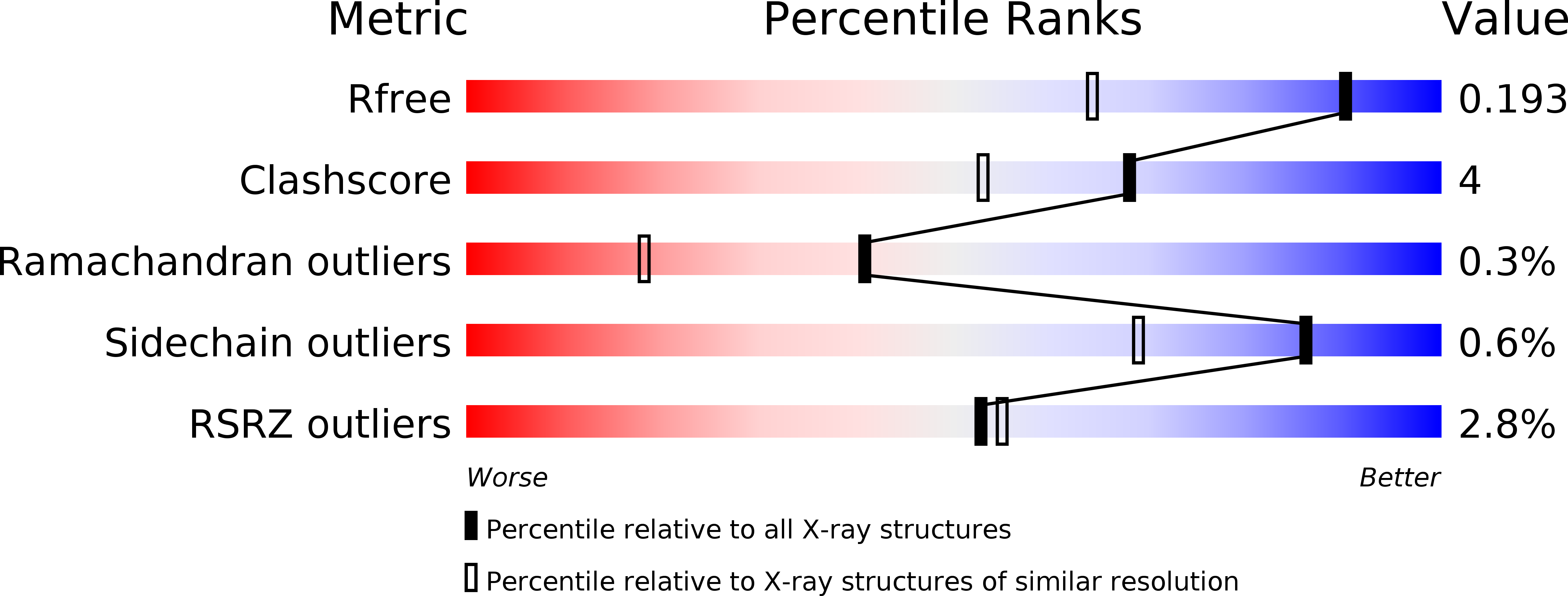
Deposition Date
2007-01-16
Release Date
2007-05-01
Last Version Date
2024-11-20
Entry Detail
PDB ID:
2OK4
Keywords:
Title:
Crystal structure of aromatic amine dehydrogenase TTQ-phenylacetaldehyde adduct oxidized with ferricyanide
Biological Source:
Source Organism:
Alcaligenes faecalis (Taxon ID: 511)
Method Details:
Experimental Method:
Resolution:
1.45 Å
R-Value Free:
0.18
R-Value Work:
0.15
R-Value Observed:
0.15
Space Group:
P 1 21 1


